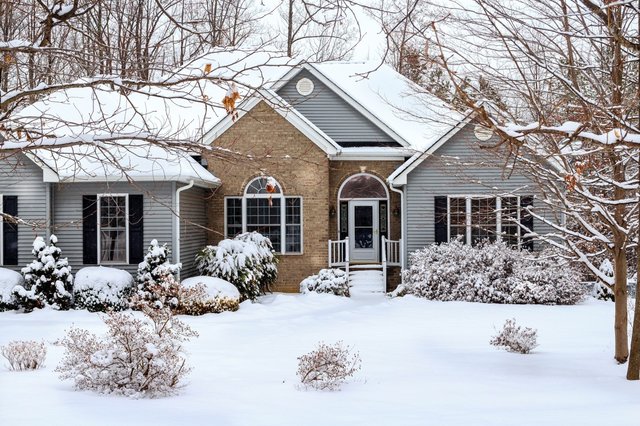Staying Prepared for Extreme Weather
Canadians are no strangers to extreme weather conditions and we know that winter isn’t the only time Mother Nature can bring storms and other challenging weather. Where you live can have an effect on how your home is put at risk due to storms and other perils – but there are some things you can do to understand the risks – and to prepare.
Understand your surroundings
Knowing the landscape around your home or a home you’re considering buying is important to understand the risks. Is there a creek or stream behind the wooded area near your home? Is the water downhill from your home or is the terrain relatively flat? Even a scenic stream nestled in the woods can be a source of flooding. Consider flood insurance if you think your home might be at risk. Many homes that are damaged by flooding are not in a floodplain.
Wooded areas can also bring the risk of falling trees and fires. Extreme weather isn’t limited to the wet stuff. Dry, hot summers can turn your scenic, parklike view into a tinderbox just waiting for a spark. Fire retardant shingles can help defend your home against any stray embers if a fire does start in a brushy or wooded area.
Trees and brush close to your home should be cleared, particularly any dead trees. Even if a dead or diseased tree is still standing, the roots are decaying beneath the soil and a strong wind gust — especially if the ground is wet or the soil is loose — can easily bring down the most stoic of trees.
Home improvements
A gust of wind carrying a branch can change your plans for the day to covering a broken window and trying to stop the rain from coming into your home. Impact resistant windows can help keep nature outside when storms arise.
Landscaping can work to protect your home –- or it can create a risk. Be aware of drainage with any landscaping you do to prevent pooling or flooding. Often, stone beds can be used for draining water and preventing pooling or landscaping can be surrounded by small trenches to help direct water away from your home.
If stormwater tends to come into your home, which is common with some older homes or homes with poor drainage, consider a sump pump to evacuate water from the area. Because storms often knock out power as well, a system with a battery backup can help protect your home even if the power is affected by a storm.
Simple maintenance
Keep an eye on gutters, especially if you have trees nearby. Gutters can clog with various debris from trees and plants, causing overflows and large concentrations of water near your home. Water finds a way in – if you give it a chance. Gutter cleaning services are inexpensive and provide a safe solution to keeping your home dry and safe from gutter overflows.
